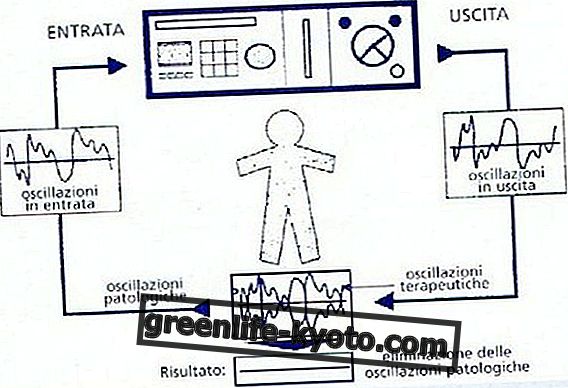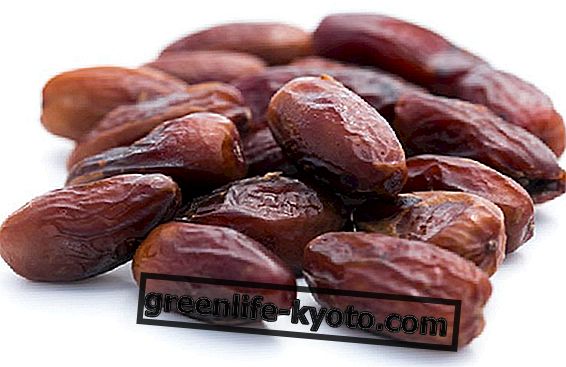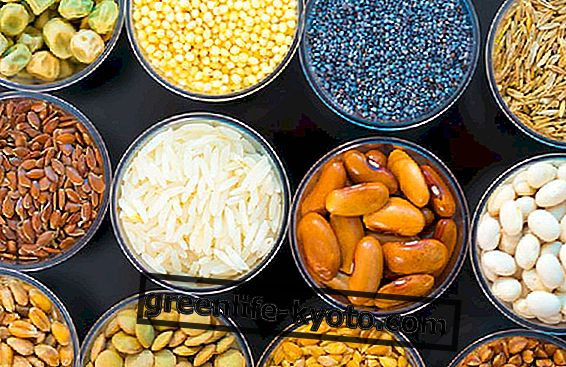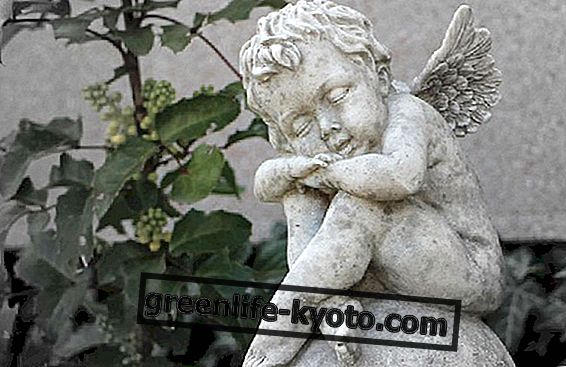The respiratory system is an anatomical structure that allows gas exchange of oxygen and carbon dioxide. Let's find out how to keep it healthy.
>
>
>
>
>

Anatomical description of the respiratory system
Breathing well means loving yourself. Breath contains a formidable power and making conscious use of it can lead to physical healing. The airways are represented by the nose, mouth, pharynx, larynx, trachea, bronchi. In addition, the rib cage, the diaphragm and the intercostal muscles. Through the trachea, the bronchi and the bronchioles, the air reaches the alveoli, the internal structure of the lungs. Ventilation of the lungs is achieved by the movement of the chest and diaphragm and is divided into two phases of inhalation and expiration.
Inspiration occurs when the intercostal muscles contract and push the chest towards the outside and at the same time the diaphragm contracts downwards. An expansion occurs that produces negative pressure in the lungs (Boyle's Law). Exhalation occurs when the diaphragm and the muscles between the ribs relax.
Breathing has as its main purpose to provide on the one hand to constantly supply the body with oxygen, which is necessary for metabolic activity and on the other to expel carbon dioxide, a gaseous waste always produced by metabolic functions.
Treatments and natural therapies for the respiratory system
The best friend of the respiratory system is eucalyptus . You can alleviate respiratory disorders such as coughing by rubbing the throat and chest with essential oils of eucalyptus ( Eucalyptus globulus ) or with myrrh ( Commipora molmol ).
To purify the respiratory system, avoid caffeinated beverages and alcohol. Better to stay away from foods that cause mucus, such as dairy products. Yes to fruits and vegetables that contain vitamin C.
In case of asthma, reduce animal fats and butter; instead, prefer selenium-rich foods such as garlic, onions, broccoli, cabbage, cucumbers, wheat germ and whole grains. Avoid, especially in the case of allergic asthma, chocolate , nuts, eggs, meat, milk and dairy products, which could trigger breathing difficulties.
An infusion for cough and herbal sore throat, which can be taken several times a day for 3 days, contains 2 parts of tussillagine ( Tussilago farfara ), 2 parts of marshmallow ( Althaea officinalis ), 2 parts of hyssop ( Hyssopus officinalis ), 1 part of anise seeds ( Pimpinella anisum ) and 1 part licorice ( Glycyrrhiza glabra) . Leave to simmer for 20 minutes in a boiling hot sauce and drink the still hot infusion.
Find out how to keep your lungs healthy

Yoga
There are yoga techniques specific for breathing. The typical one in the yoga dimension is Pranayama breathing .
Pranayama breathing is rooted in Yoga in a radical way and it is found in any type of yoga you practice. The practitioner gradually trains the mind and experiences the sensation of spontaneous suspension of the breath. In a broad sense, those who practice pranayama learn to stay suspended. Creating the conditions for this evolution of consciousness requires time, care and love.
The diaphragm, the thorax and the clavicular area are used in yogic respiration. We will therefore have abdominal, thoracic and high breathing, respectively.
One of the best known yoga breathing exercises is the Hong-So technique, a technique characterized by extreme ease of execution and remarkable efficacy. First of all, to perform this yoga breathing exercise, it is important to be relaxed, in order to ideally perceive the entire cycle and movement of the breath in our body. Scientific studies also show that yoga breathing has beneficial effects on the respiratory and cardiovascular system.
Traditional Chinese medicine for the respiratory system
In traditional Chinese medicine Fei is the Lung. It consists of an ideogram whose right side indicates the flesh and the left the elevation of a leafy plant .
In listing the functions of the organs, the Heart (Emperor) is followed by his Minister (Minister of the Heart) and then the Lord of Qi, the lung, in fact. The lung governs the Qi, lowering it, and it is the Zang most in contact with the outside. If the Qi does not come down, it stagnates in the chest with consequences such as coughing, shortness of breath, a sense of oppression. The spread of Qi also involves the Kidneys. Also the Large Intestine (especially in peristalsis).
The Lung is then home to the Po (which is not the river but instinct, genetic memory, cell memory). These types of memories are kept in the Lung. The action of the lung of "bringing in" is entirely linked to the ability to look inside. Something that has been assimilated, including in the body, can be said to have been stored by the Po of the Lung. The movement of the Po is also rooted in the Jing, sexual energy, but we will speak of this better, it comes from parents, ancestors. It is an unconscious, instinctive life force.
Curiosity about the respiratory system
The longevity and health of every single cell in the body and brain depend on an abundance of oxygen, which can only come through breathing. Slow and deep breathing tones the entire nervous system, determines the quality of blood breathing and muscle health.












